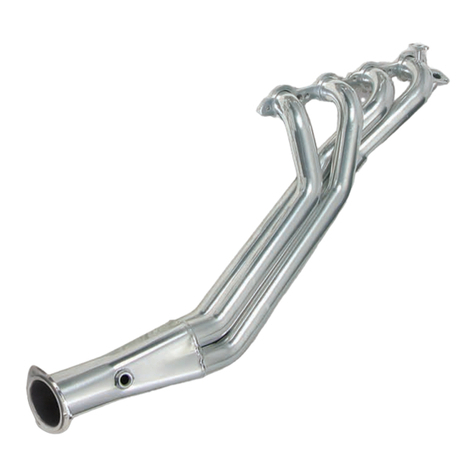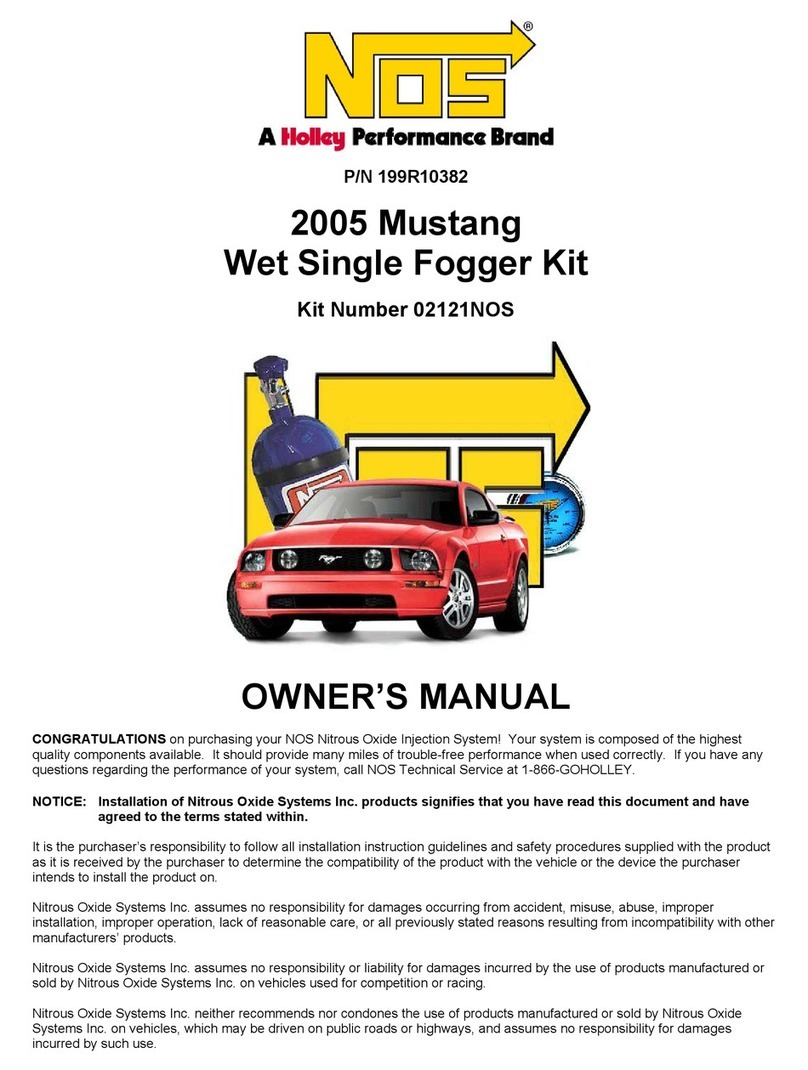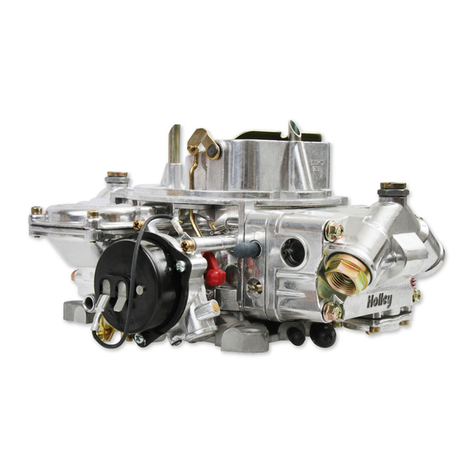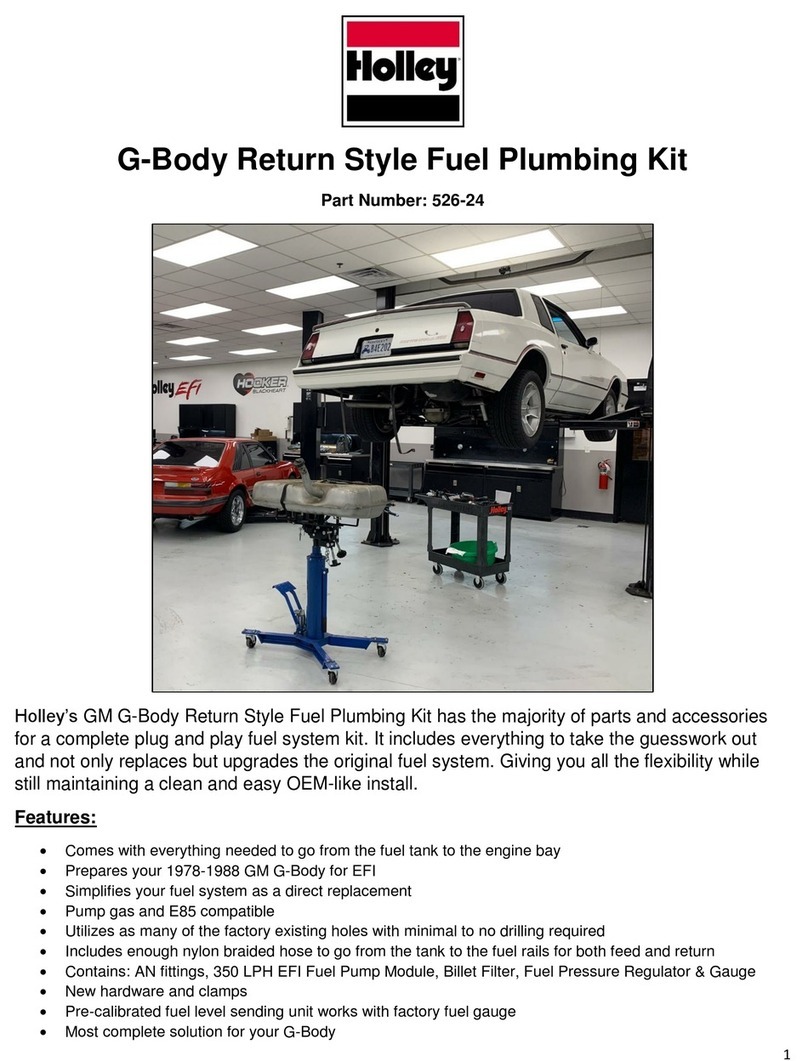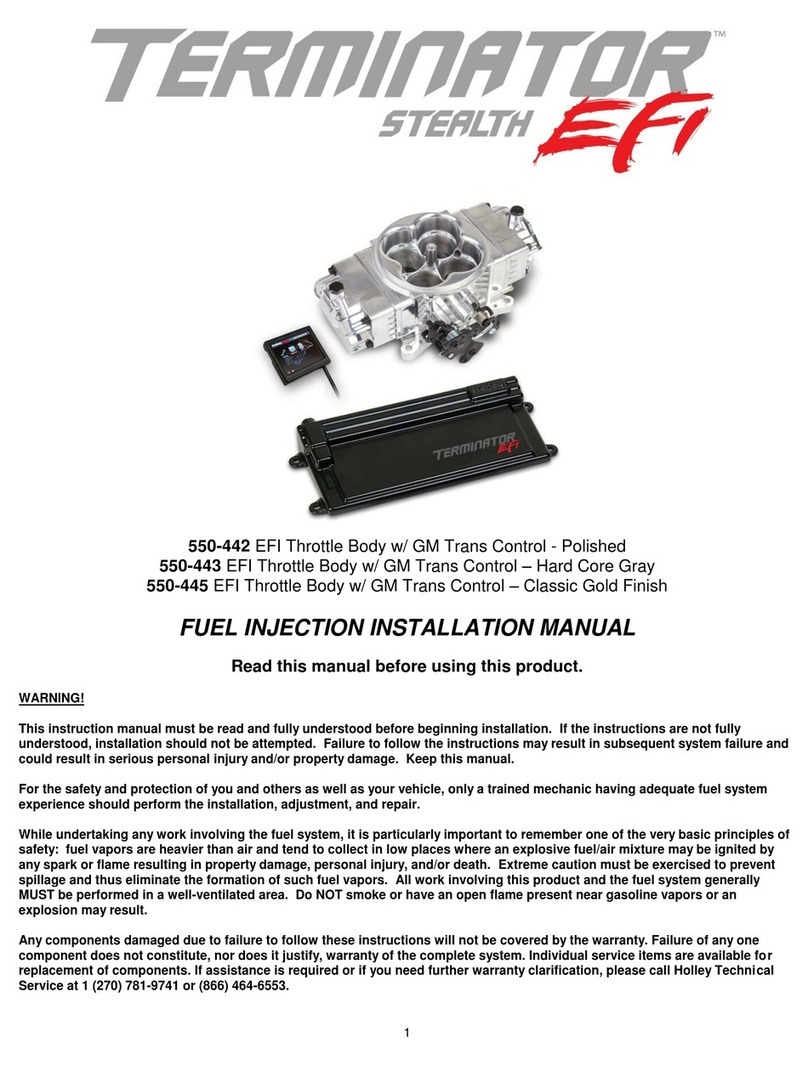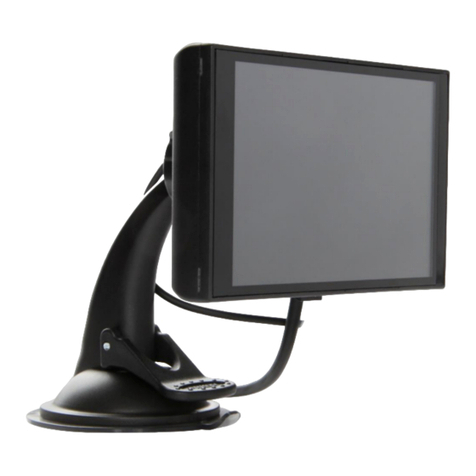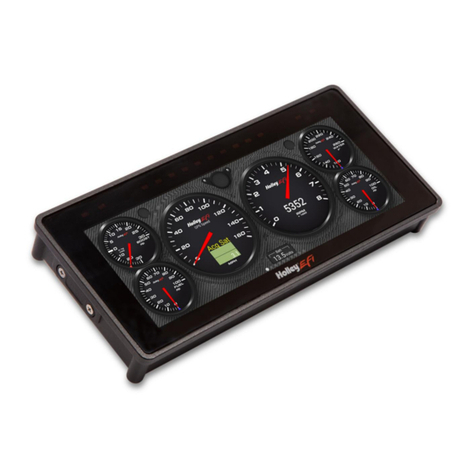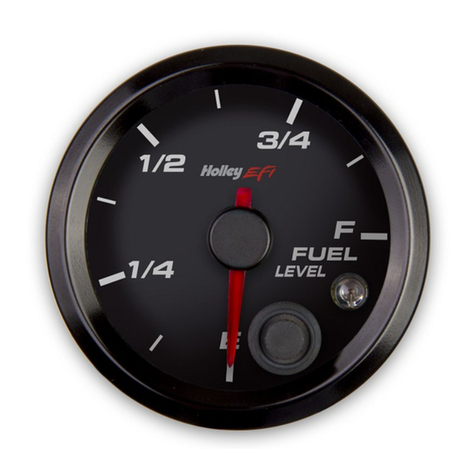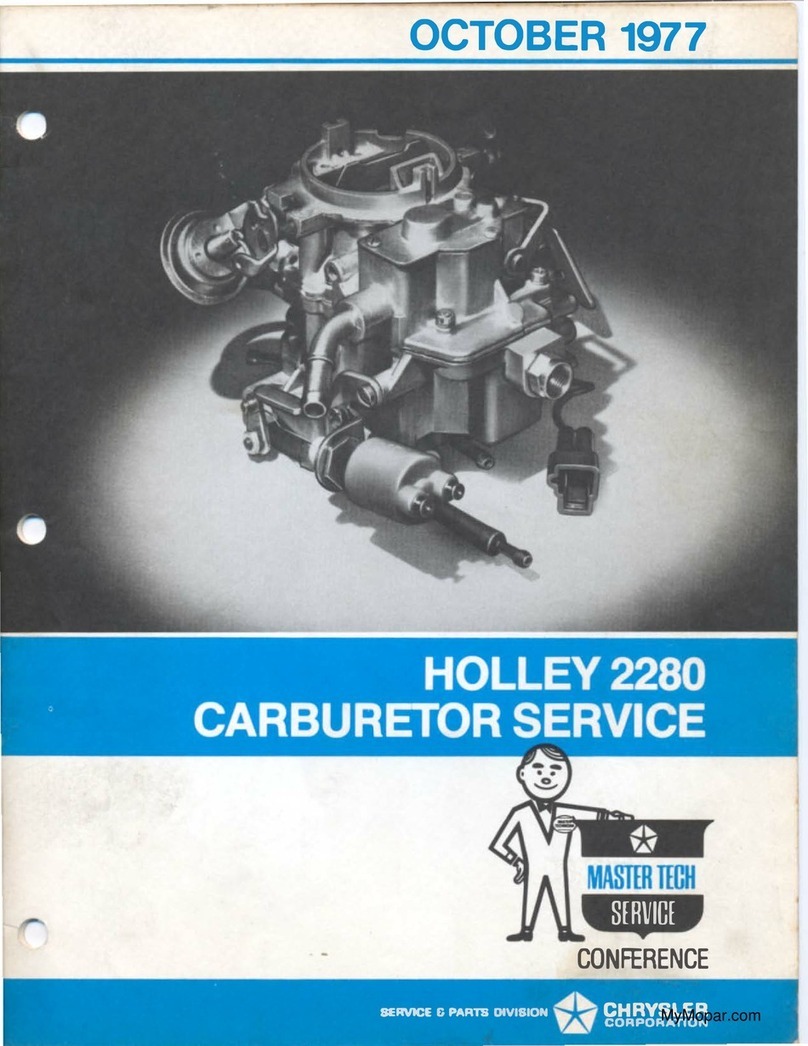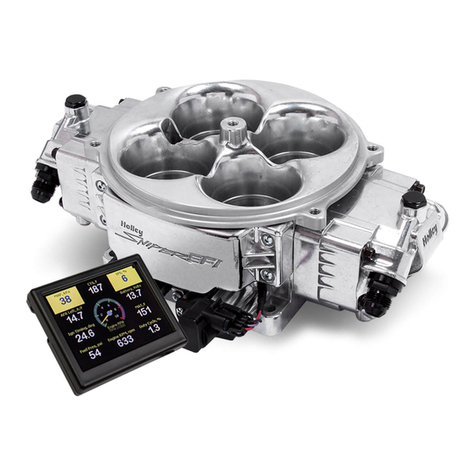
2
TABLE OF CONTENTS:
1.0 INTRODUCTION......................................................................................................................................................................3
2.0 WARNINGS, NOTES, AND NOTICES.....................................................................................................................................3
3.0 PARTS IDENTIFICATION........................................................................................................................................................4
4.0 ADDITIONAL ITEMS REQUIRED FOR INSTALLATION.........................................................................................................5
5.0 TOOLS REQUIRED FOR INSTALLATION ..............................................................................................................................6
6.0 COOLANT TEMPERATURE SENSOR INSTALLATION..........................................................................................................6
7.0 REMOVAL OF EXISTING COMPONENTS..............................................................................................................................6
8.0 TERMINATOR™ EFI TBI SYSTEM INSTALLATION...............................................................................................................6
8.1 Throttle Body........................................................................................................................................................................6
8.2 Throttle Connections ............................................................................................................................................................7
8.3 MAP Sensor Installation and Vacuum Line Connections.....................................................................................................8
8.4 Fuel Pump, Fuel Line, and Filter Installation........................................................................................................................8
8.5 Oxygen Sensor Installation...................................................................................................................................................8
8.5.1 Oxygen Sensor Mounting Procedure.............................................................................................................................9
8.6 ECU Mounting......................................................................................................................................................................9
9.0 WIRING..................................................................................................................................................................................10
9.1 Important Wiring “Do’s and Don’ts” ....................................................................................................................................10
10.0 WIRING HARNESS INSTALLATION...................................................................................................................................10
10.1 Main Power/Battery Connection.......................................................................................................................................10
11.0 PRIMARY HARNESS INSTALLATION AND SENSOR CONNECTIONS.............................................................................10
11.1 ECU Connectors ..............................................................................................................................................................11
11.2 Harness Routing...............................................................................................................................................................11
11.3 Sensor Connections & Outputs........................................................................................................................................12
11.3.1 Throttle Body Bulkhead Connector (Bulkhead)..........................................................................................................12
11.3.2 Coolant Temperature Sensor (CTS)..........................................................................................................................12
11.3.3 Wide Band Oxygen Sensor (WB02)..........................................................................................................................12
11.3.4 Fuel Pressure (Fuel)..................................................................................................................................................12
11.3.5 CANbus –Handheld (CAN) .......................................................................................................................................13
11.3.6 Ignition (IGN)..............................................................................................................................................................13
12.0 LOOSE WIRES....................................................................................................................................................................13
13.0 IGNITION/ENGINE SPEED INPUT......................................................................................................................................14
13.1 Ignition/Engine Speed Input Wiring..................................................................................................................................15
14.0 ADDITIONAL OUTPUTS......................................................................................................................................................19
14.1 Transmission Wiring.........................................................................................................................................................19
APPENDIX 1.0 PINOUT................................................................................................................................................................21
15.0 PREVIOUS INSTALLATION REQUIRED.............................................................................................................................21
16.0 TERMINATOR™ INSTRUCTIONS AND TUNING ...............................................................................................................21
17.0 INITIAL POWER-UP............................................................................................................................................................22
18.0 HANDHELD NAVIGATION & USE.......................................................................................................................................22
18.1 Making Adjustments..........................................................................................................................................................22
19.0 HOME SCREEN...................................................................................................................................................................23
20.0 CALIBRATION WIZARD......................................................................................................................................................24
21.0 TPS AUTOSET ....................................................................................................................................................................26
22.0 TRANSMISSION SETUP.....................................................................................................................................................27
22.1 Transmission....................................................................................................................................................................27
22.1.1 Trans Setup ...............................................................................................................................................................27
22.1.2 Speed Calc ................................................................................................................................................................28
23.0 SENSOR VERIFICATION....................................................................................................................................................28
24.0 STARTUP.............................................................................................................................................................................29
25.0 SETTING IGNITION TIMING................................................................................................................................................29
26.0 AFTER-STARTUP................................................................................................................................................................29
27.0 IDLE SETTING/THROTTLE PLATE SETTING ....................................................................................................................29
28.0 SELF-TUNING .....................................................................................................................................................................30
29.0 GAUGE SCREENS..............................................................................................................................................................31
29.1 Monitor .............................................................................................................................................................................31
29.1.1 Multi-Gauge ...............................................................................................................................................................31
29.1.2 Monitors .....................................................................................................................................................................32
29.1.3 Diagnostics ................................................................................................................................................................32
30.0 Custom Setups.....................................................................................................................................................................32
30.1 Dash Setup.......................................................................................................................................................................32
30.2 Channels Scaling .............................................................................................................................................................33
31.0 FILE SAVING/LOADING......................................................................................................................................................33
31.1 File.....................................................................................................................................................................................33
31.1.1 ECU Overview............................................................................................................................................................34
31.1.2 ECU Globals ..............................................................................................................................................................34
31.1.3 ECU Data Logging.....................................................................................................................................................35
31.1.4 ECU Hardware/Firmware (HW/FW)...........................................................................................................................35
31.1.5 Local Setup................................................................................................................................................................36
